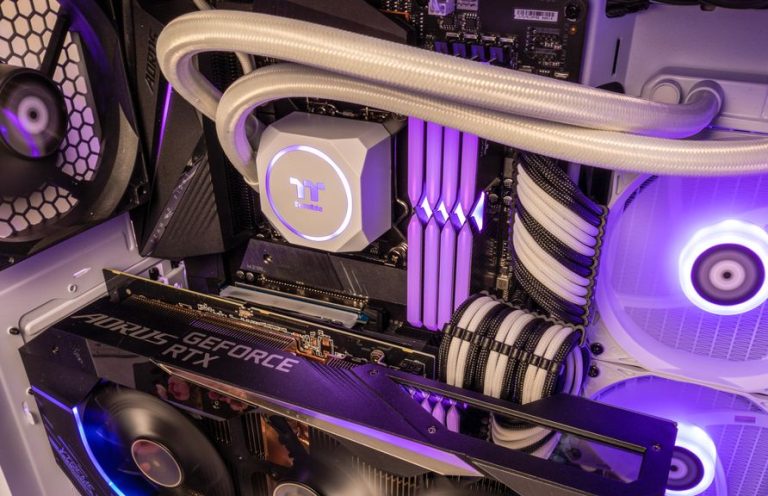As a dedicated gamer, I understand the importance of maintaining my gaming desktop to ensure optimal performance. Regular maintenance not only extends the lifespan of your rig but also keeps it running smoothly for an uninterrupted gaming experience. In this guide, I will walk you through essential maintenance practices to help you take care of your gaming desktop like a pro.
Regular Cleaning Practices
Dust Removal
Over time, dust can accumulate inside your computer, leading to overheating and decreased performance. I recommend using compressed air to carefully blow out any dust buildup from the fans, vents, and components of your gaming desktop.
Cable Management
Proper cable management not only improves the aesthetics of your setup but also allows for better airflow, which is crucial for cooling. Use cable ties or Velcro straps to organize and secure cables, preventing tangling and blockages.
Monitoring System Performance
Checking Temperatures
Monitoring your system’s temperatures is essential to prevent overheating, which can damage components. Utilize software tools to keep an eye on CPU and GPU temperatures and take necessary steps if any components are running too hot.
Monitoring Storage Space
Regularly check your storage drives to ensure you have enough space for new games and updates. Consider investing in additional storage if you frequently run out of space to maintain optimal performance.
Updating Software and Drivers
System Updates
Keeping your operating system up to date is crucial for security patches and overall system stability. Set up automatic updates or regularly check for the latest updates to ensure your system is secure.
Driver Updates
Update your graphics card, motherboard, and other hardware drivers to improve compatibility and performance with the latest games and software. Visit the manufacturer’s website to download and install the latest drivers.
Hardware Inspection
RAM and GPU Check
Inspect your RAM modules and graphics card to ensure they are properly seated and free of dust. If you encounter performance issues, reseating the components or upgrading to higher capacity modules may be necessary.
Power Supply Check
Check your power supply unit for any signs of wear or dust accumulation. A failing power supply can cause system instability and damage your components, so replace it if you notice any issues.
Optimizing Settings
Adjusting Graphics Settings
Optimize your in-game graphics settings to balance performance and visual quality. Lowering certain settings can improve frame rates and smooth out gameplay, especially in resource-intensive games.
Game-Specific Optimizations
Some games may have specific settings or tweaks that can enhance performance on your system. Research optimization guides for your favorite games to get the best experience tailored to your gaming desktop.
Conclusion
Maintaining your gaming desktop is essential to ensure a smooth and enjoyable gaming experience. By implementing regular cleaning practices, monitoring system performance, updating software and drivers, inspecting hardware, and optimizing settings, you can keep your rig running at its best. Take care of your gaming desktop, and it will reward you with flawless performance and immersive gameplay.
FAQs
1. How often should I clean my gaming desktop?
I recommend cleaning your gaming desktop every 3-6 months, depending on your environment. If you notice excessive dust buildup or performance issues, clean it more frequently.
2. Why is monitoring system temperatures important?
Monitoring system temperatures helps prevent overheating, which can damage components and degrade performance. By keeping temperatures in check, you ensure the longevity of your gaming desktop.
3. How do I know if my drivers need updating?
You can check for driver updates through the Device Manager in Windows or by visiting the manufacturer’s website. If you experience compatibility issues or performance problems, updating drivers may resolve them.
4. What are the benefits of optimizing game settings?
Optimizing game settings can improve performance, increase frame rates, and enhance visual quality. By finding the right balance for your system, you can enjoy a smoother gaming experience.
5. When should I consider upgrading my hardware?
If you are experiencing consistent performance issues, slow loading times, or outdated hardware, it may be time to consider upgrading components like the CPU, GPU, or storage to keep up with the latest games and technology.
